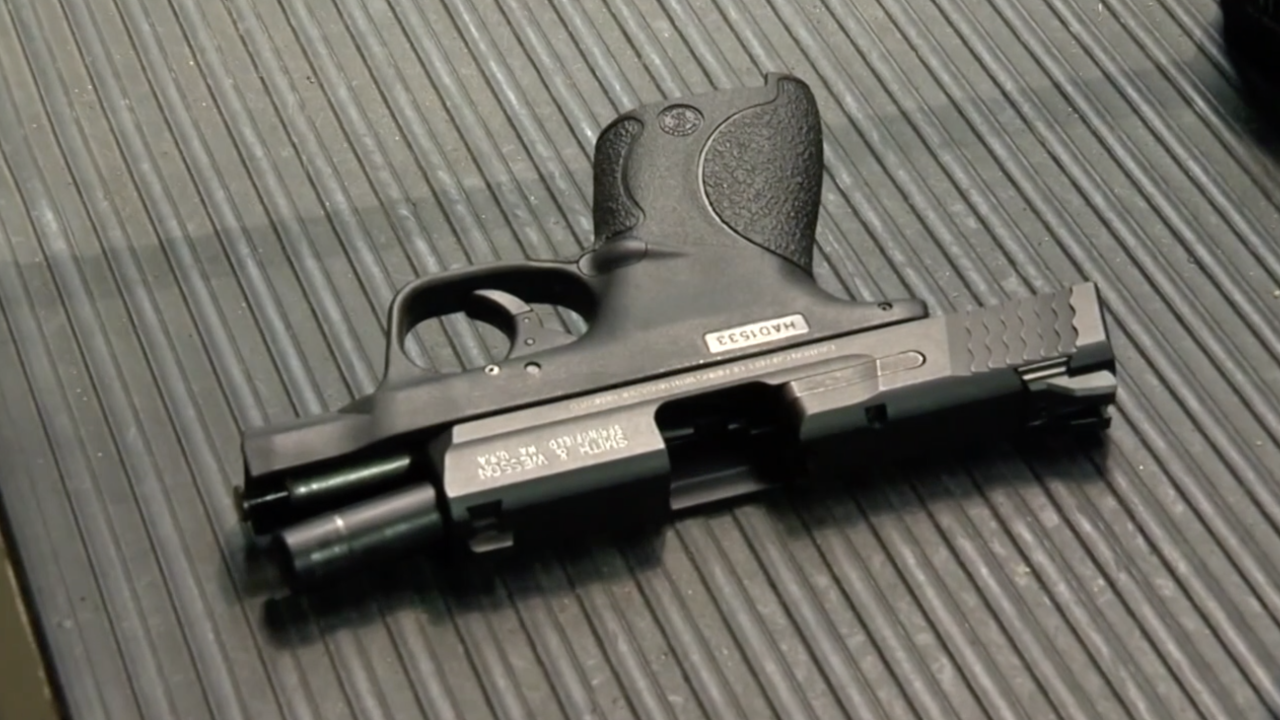ANNAPOLIS, Md. — Maryland's Supreme Court issued a ruling Tuesday that could have far reaching implications in criminal trials involving a gun.
In a 4-3 decision the State's top court said ballistic experts could no longer testify whether bullets or fragments recovered from a crime scene were fired from a particular gun.
Going forward, the court ruled firearms examiners should only analyze if bullets are consistent or inconsistent with those discharged from a certain firearm.
In a 59 page opinion, the majority cited and compared multiple studies and testimony from witnesses.
One study found ballistic tests came back with different results between 20 and 35 percent of the time, when examined twice.
Another study found bullets fired from certain guns were correctly examined more often than other models.
The court's ruling stems from a 2012 Prince George's County case in which Kobina E. Abruquah was accused of murdering his roommate, Ivan Aguirre-Herrera.
Prosecutors used testimony from a police firearms expert to link bullets found at the crime scene to Abruquah's gun.
That was enough to secure a murder conviction from a jury in 2018. Abruquah appealed and was granted a new hearing only to be found guilty again.
Now Abruquah will be tried a third time.
Investigators have long used forensic firearms evidence to help make their case in court, usually by analyzing and comparing unique patterns or markings on bullets fired by a specific gun.
It's unclear what impact the ruling could have on those who've already been convicted with the help of ballistic evidence.
The full opinion can be read here.

